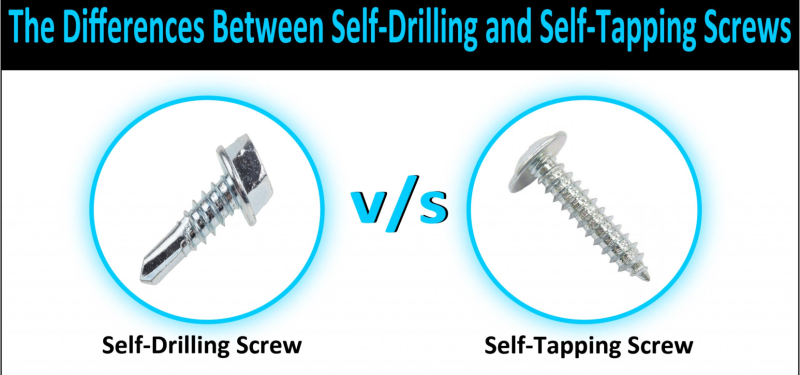Custom Metric Flat Washer Dimensions – Precision Engineering Solutions
Understanding Custom Metric Flat Washer Dimensions
Flat washers are essential components in various engineering and mechanical applications, providing a larger surface area for load distribution, protecting surfaces from damage, and enabling better tightening of bolts and screws. When it comes to selecting the right flat washer, the dimensions and specifications become crucial, especially in custom applications where standard sizes may not suffice. This article explores custom metric flat washer dimensions, their significance, and how they impact performance in different settings.
What Are Flat Washers?
Flat washers are typically circular discs with a central hole that can be placed beneath a nut, bolt, or screw. Their primary function is to distribute the load of the fastener, which helps prevent damage to the material being fastened and reduces the likelihood of loosening due to vibration. Flat washers can be made from various materials, including metal, plastic, and rubber, each chosen based on the specific requirements of the application.
Importance of Custom Dimensions
In many cases, standard washer sizes may not adequately meet the specific requirements of a particular project. This is where custom dimensions come into play. Custom flat washers can be designed to specific diameters, thicknesses, and material types to fit unique fastening configurations and load conditions. This customization ensures that the washer performs optimally, maintaining proper tension and preventing failure.
Key Dimensions to Consider
custom metric flat washer dimensions14

When ordering custom metric flat washers, several key dimensions must be taken into account
1. Inner Diameter (ID) The diameter of the hole in the center of the washer. This should match the diameter of the bolt or screw for which the washer is being used.
2. Outer Diameter (OD) The overall diameter of the washer, which can vary based on the load distribution requirements. A larger OD can help spread the load over a greater area.
3. Thickness The thickness of the washer plays a critical role in its strength and ability to resist deformation under load. Thicker washers can handle more weight but may add bulk to the assembly.
4. Material The choice of material is vital, especially in environments exposed to moisture, heat, or chemicals. Common materials include stainless steel, carbon steel, and nylon, each offering different properties such as corrosion resistance or flexibility.
Conclusion
Custom metric flat washer dimensions are crucial for ensuring that mechanical assemblies function safely and effectively. By understanding the significance of specific dimensions—inner and outer diameter, thickness, and material—engineers and designers can select or create the ideal washers for their applications. Investing time in the proper selection of washers can lead to enhanced performance, minimized maintenance, and prolonged service life of the assembled components. Whether in automotive, aerospace, or construction industries, custom flat washers are indispensable tools that contribute significantly to the success of various projects.
-
Top Choices for Plasterboard FixingNewsDec.26,2024
-
The Versatility of Specialty WashersNewsDec.26,2024
-
Secure Your ProjectsNewsDec.26,2024
-
Essential Screws for Chipboard Flooring ProjectsNewsDec.26,2024
-
Choosing the Right Drywall ScrewsNewsDec.26,2024
-
Black Phosphate Screws for Superior PerformanceNewsDec.26,2024
-
The Versatile Choice of Nylon Flat Washers for Your NeedsNewsDec.18,2024










